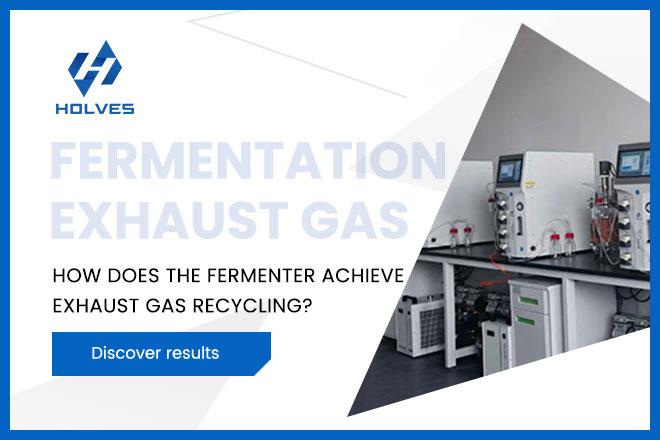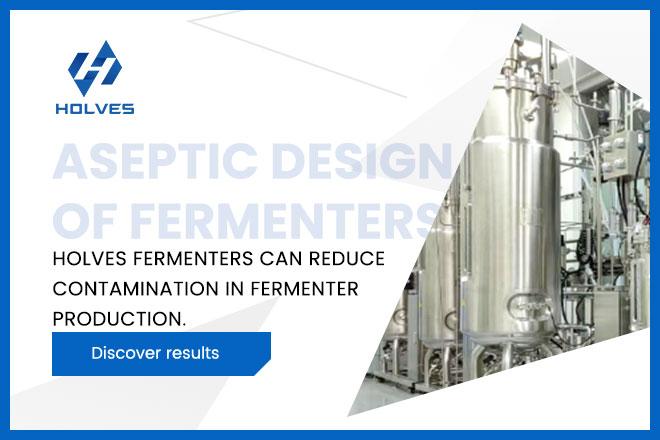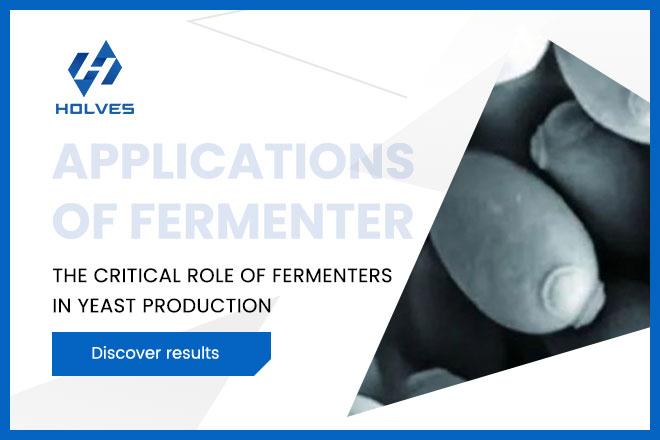Environmental factors in the fermentation process such as pH, dissolved oxygen, temperature, medium concentration, and target product concentration are all key factors affecting the growth and reproduction of microorganisms. Changes in any of these parameters affect the growth rate of microorganisms, thus manifesting as an environmental stress specific to microorganisms. The ability of microorganisms to perceive immediate changes in environmental conditions and to respond correctly is crucial for their survival.
Feedback of substrates, intermediates and end products
When the substrate concentration of the medium reaches a certain level, the specific growth rate of the cells decreases continuously with the increase of that substrate concentration, exhibiting substrate inhibition. When both substrates are present, the fast-utilizing substrate blocks the synthesis of the enzyme involved in the slow-utilizing substrate, exhibiting catabolic metabolite blockage.
The intracellular biosynthetic pathway is usually composed of a series of enzymatic reactions that produce a variety of intermediates before the end product is obtained. As shown in Figure 1, the substrate is first changed to intermediate A by the action of enzyme E1, and then other intermediates are formed by the action of a series of other enzymes to finally obtain the end product. When the end product concentration exceeds a certain level, it will have a feedback regulation effect on the metabolic pathway (including feedback inhibition and feedback blocking). Feedback inhibition inhibits the activity of key enzymes in the metabolic pathway to reduce the production of end products. Inhibitory effects inhibit the biosynthesis of a range of enzymes in the metabolic pathway, including key enzymes, thereby inhibiting end-product synthesis more completely.
The intracellular biosynthetic pathway is usually composed of a series of enzymatic reactions that produce a variety of intermediates before the end product is obtained. As shown in Figure 1, the substrate is first changed to intermediate A by the action of enzyme E1, and then other intermediates are formed by the action of a series of other enzymes to finally obtain the end product. When the end product concentration exceeds a certain level, it will have a feedback regulation effect on the metabolic pathway (including feedback inhibition and feedback blocking). Feedback inhibition inhibits the activity of key enzymes in the metabolic pathway to reduce the production of end products. Inhibitory effects inhibit the biosynthesis of a range of enzymes in the metabolic pathway, including key enzymes, thereby inhibiting end-product synthesis more completely.

Osmotic stress
The concentration of solute plays a key role in the growth of microorganisms. For most bacteria, hyperosmotic conditions lead to plasma wall separation and hypotonic conditions lead to cytoplasmic escape.
In a hyperosmotic environment, the most rapid response is an increase in the influx of potassium ions and the main anionic compound involved in osmoregulation is glutamate. There are compounds that, when present in the environment, promote the growth rate of cells in a hyperosmotic environment, called osmoprotectants, which are amphoteric in nature and are similar to glycine betaine and proline.
Hypotonic environments temporarily increase the permeability of cell membranes and the growth of cells under hypotonic conditions induces the production of some compounds and their distribution in the periplasmic space of cells. In addition, hypertonic and hypotonic environments induce cells to express some outer membrane proteins to control the entry and exit of substances.
In a hyperosmotic environment, the most rapid response is an increase in the influx of potassium ions and the main anionic compound involved in osmoregulation is glutamate. There are compounds that, when present in the environment, promote the growth rate of cells in a hyperosmotic environment, called osmoprotectants, which are amphoteric in nature and are similar to glycine betaine and proline.
Hypotonic environments temporarily increase the permeability of cell membranes and the growth of cells under hypotonic conditions induces the production of some compounds and their distribution in the periplasmic space of cells. In addition, hypertonic and hypotonic environments induce cells to express some outer membrane proteins to control the entry and exit of substances.
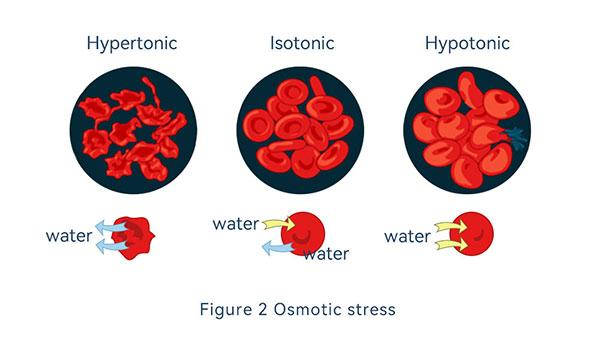
Oxygen stress
During cellular metabolism, enzymatic catalysis as well as spontaneous chemical reactions produce various forms of oxygen that are damaging to DNA, proteins and lipid components of the cell.
Most aerobic microorganisms can protect themselves from damage by superoxide and hydrogen peroxide through superoxide dismutase (SOD) and hydrogen peroxidase. Organisms that do not respire aerobically can use a unique flavoprotein-NADH oxidase to reduce oxygen to water. In addition, hydrogen peroxide and superoxide can induce cells to produce enzymes that can undo the oxidative damage that occurs during oxygen stress.
Most aerobic microorganisms can protect themselves from damage by superoxide and hydrogen peroxide through superoxide dismutase (SOD) and hydrogen peroxidase. Organisms that do not respire aerobically can use a unique flavoprotein-NADH oxidase to reduce oxygen to water. In addition, hydrogen peroxide and superoxide can induce cells to produce enzymes that can undo the oxidative damage that occurs during oxygen stress.
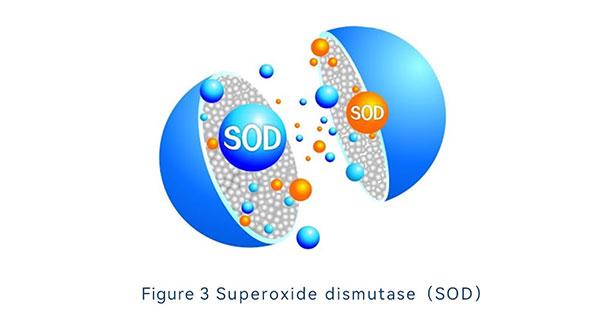
pH stress and acid resistance
Microorganisms are capable of growing under a wide range of hydrogen ion concentration (pH) conditions, and in general, most bacteria within the range of human activity prefer to grow at near-neutral pH environments, called neutrophilic bacteria. Although neutrophilic bacteria generally do not grow in extreme acidic or alkaline conditions, they can survive these conditions to varying degrees if they are allowed to undergo an adaptive transition phase with a gradual change in pH.
One way that microorganisms respond to pH changes is by producing enzymes that convert acidic metabolites to neutral metabolites or neutral metabolites to basic metabolites. The typical mechanisms employed to control pH in Gram-negative bacteria during growth have been shown to involve the regulation of major proton pumps as well as potassium/sodium and potassium/sodium transport channels. Other adaptive mechanisms are also employed to survive pH conditions beyond the growth range. In addition, some microorganisms can establish an acid-tolerant system by exocytosis of protons through an ATP hydrolase that transports protons.
One way that microorganisms respond to pH changes is by producing enzymes that convert acidic metabolites to neutral metabolites or neutral metabolites to basic metabolites. The typical mechanisms employed to control pH in Gram-negative bacteria during growth have been shown to involve the regulation of major proton pumps as well as potassium/sodium and potassium/sodium transport channels. Other adaptive mechanisms are also employed to survive pH conditions beyond the growth range. In addition, some microorganisms can establish an acid-tolerant system by exocytosis of protons through an ATP hydrolase that transports protons.
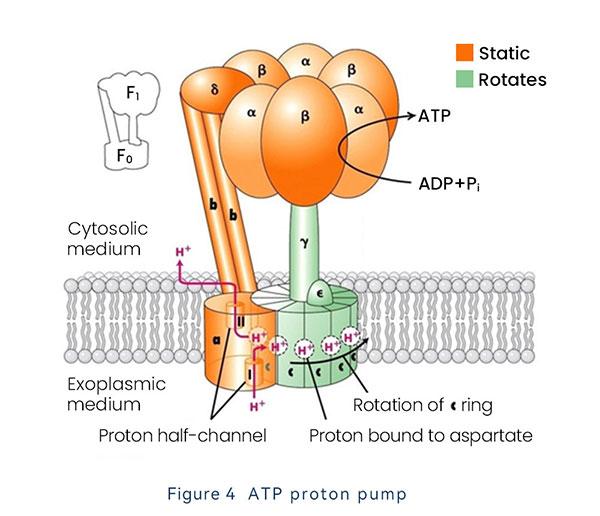
Heat stress
In general, microorganisms can grow over a relatively wide range of temperatures, with most bacteria preferring to grow at the milder temperature conditions of 20-40°C. When the temperature rises beyond the appropriate temperature, some bacteria temporarily increase the rate of synthesis of a set of heat shock proteins that are required for bacterial growth or survival under increased temperature conditions, and the increased expression levels of these proteins require corresponding regulatory factors.
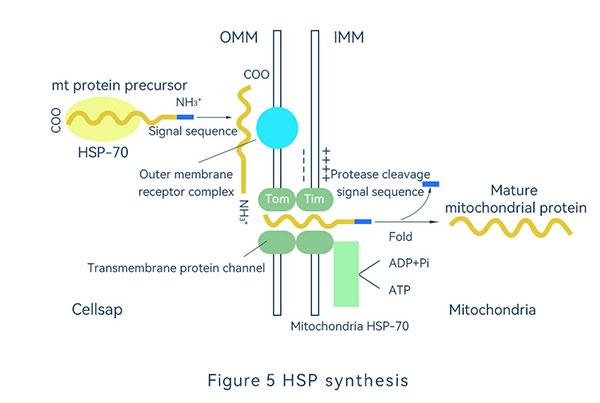
Starvation stress
Nutrient starvation occurs frequently for most microorganisms, and the genetic and physiological changes that occur when some type of nutrient starvation is experienced are called the starvation stress response. The starvation stress response enables microorganisms to survive prolonged starvation conditions and provides them with a general cross-resistance against a wide range of other environmental stresses.
Some of the physiological changes that occur during the starvation stress response include the collection of carbon sources or other new or higher affinity nutrients from the environment for systemic expression; degradation of intracellular RNA, proteins and fatty acids; reduction in the number of ribosomes; changes in the number and type of lipid components of the cell membrane; and coalescence of chromosomal DNA that occurs to protect DNA from damage.
Some of the physiological changes that occur during the starvation stress response include the collection of carbon sources or other new or higher affinity nutrients from the environment for systemic expression; degradation of intracellular RNA, proteins and fatty acids; reduction in the number of ribosomes; changes in the number and type of lipid components of the cell membrane; and coalescence of chromosomal DNA that occurs to protect DNA from damage.
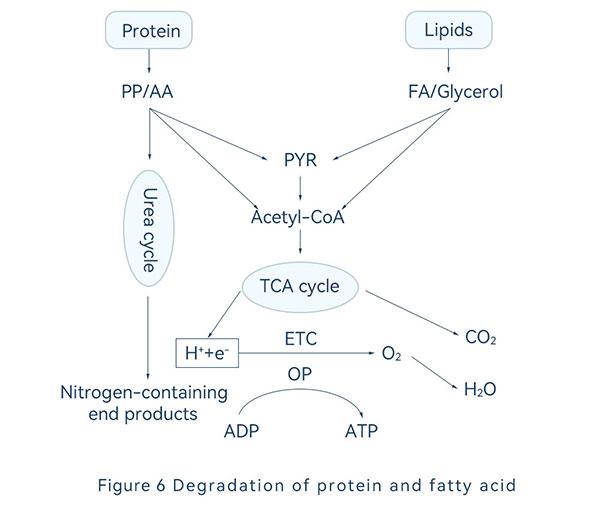
Microbial responses to possible stresses in fermentation processes are highly diverse and complex, and there are often multiple stresses at the same time, so the study of stress and response mechanisms is of great practical importance for the improvement and optimization of fermentation processes.
Here is the Holves brand website, https://www.bjholves.com/. Providing different types of industry information, technical knowledge, and solutions, we have developed and produced several new laboratory fermenter, bioreactor, tangential flow filtration system and other equipment to meet your needs from experimental to industrial production.
Here is the Holves brand website, https://www.bjholves.com/. Providing different types of industry information, technical knowledge, and solutions, we have developed and produced several new laboratory fermenter, bioreactor, tangential flow filtration system and other equipment to meet your needs from experimental to industrial production.
